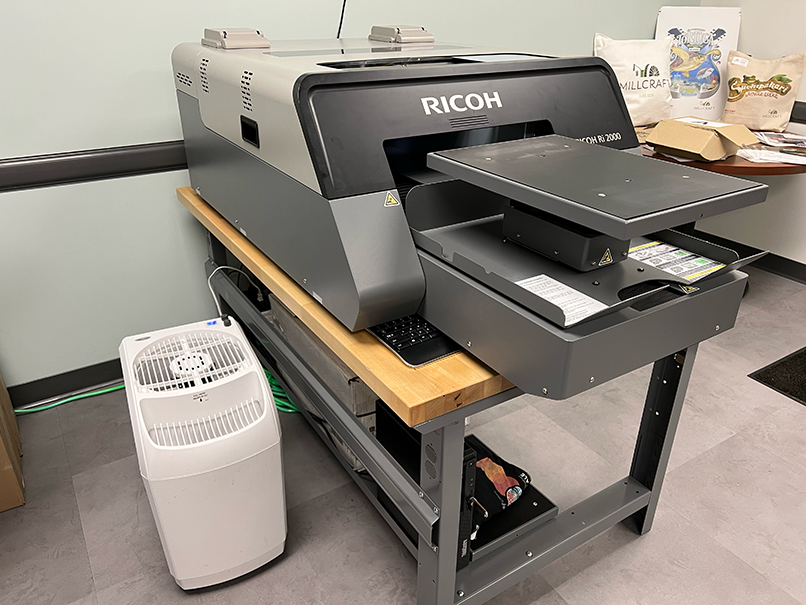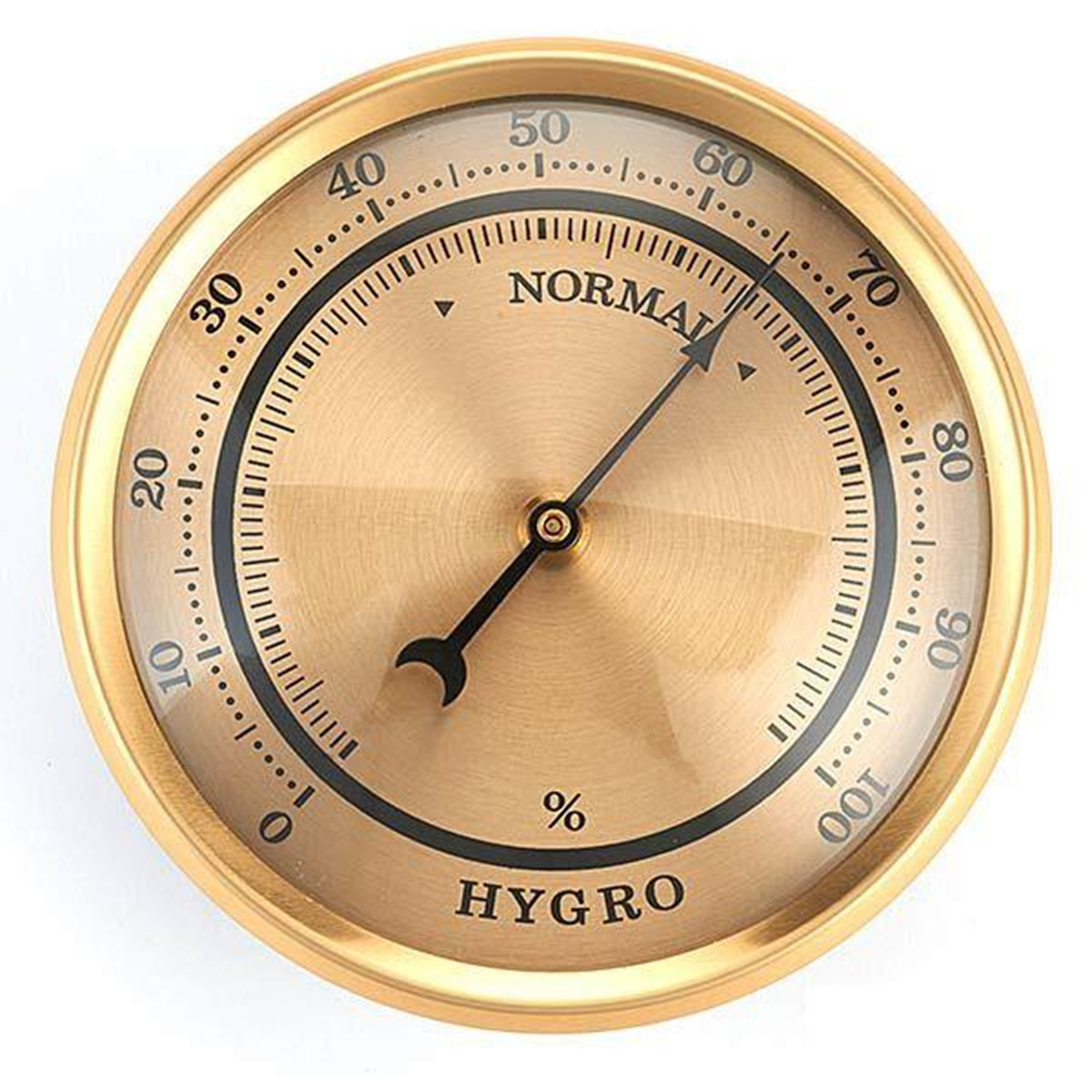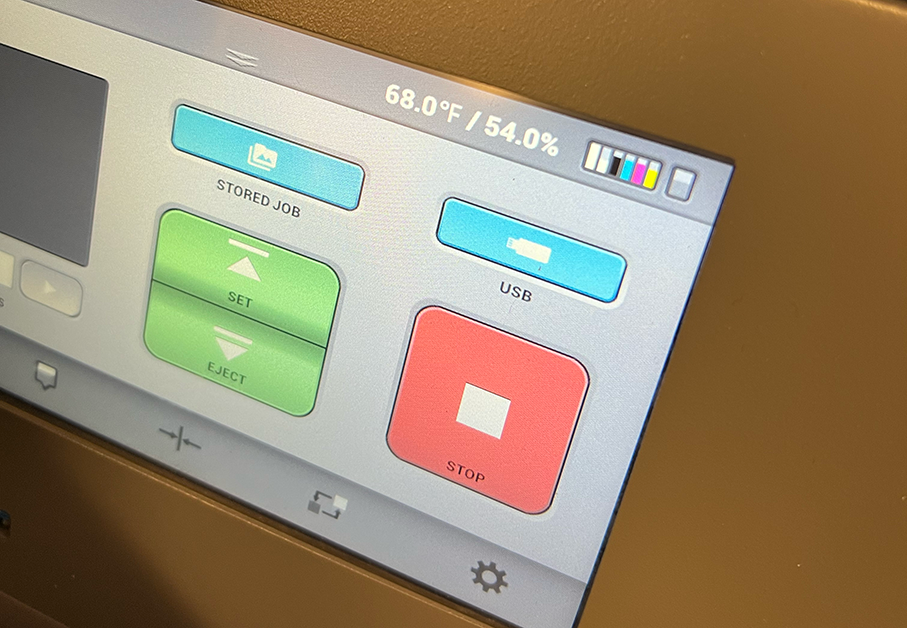The key to starting and maintaining a successful DTG business is to be fully informed about the proper humidity levels that are needed, and the impact that this may have on the printing process. Learning how to monitor and control your humidity will greatly impact your success in your prints!
First off… what is humidity?
According to Merriam-Webster: Humidity is “a moderate degree of wetness especially of the atmosphere.”1
How Does Humidity Affect Printing?
If the air is too dry in your printing environment, the ink in your printer will dry out, leading to clogged nozzles in the printhead. You might have a space heater in your location if it’s cold or you could be in a geographic location with low humidity. Nothing is more frustrating than spending hours troubleshooting a seemingly simple printer problem, let alone waiting days to get a new printhead, only to keep experiencing clogged nozzles or damaged media.2
For direct to garment printing, the humidity range to hit is between 40%-60%. The temperature needs to be between 70-90 degrees Fahrenheit. If you are comfortable, the printer is comfortable. If you are hot, the printer is hot. This will help prevent nozzle clogs, inks drying out, and other issues that could arise. Certain areas, during the winter, are very dry. Moisture in the atmosphere becomes extremely low. This can cause problems if you don’t have a way to control the humidity around your printer.

How do I monitor the humidity?
The easiest way to monitor the humidity levels in the room your DTG printer is in, for the Ri 1000 and Ri 2000, is to look at the display on the printer. At the top right corner of the display, you will see the temperature and humidity percentage. Another tool you can use is a hygrometer. A hygrometer is “any of several instruments for measuring the humidity of the atmosphere.”3 With these tools, you will be able to check and monitor the current levels of the humidity and temperature in the room.

How do I make sure the humidity stays within the needed range?
If you live in a dry climate area, you will want to have some assistance helping you maintain the humidity. One great tool that you can use is an evaporative humidifier. (Do not purchase a misting humidifier as this will cause issues.) These humidifiers will help increase the humidity levels in your room to keep your printer running at its best. Most shops will be able to get away with a smaller humidifier (somewhere between 1-5 gallons), however; if you are in a very large open area, you may have to look into a humidification system to help with the humidity levels.

To wrap this up…
Monitoring the humidity levels around your DTG printer will save you time and money. Keep track of the levels that your Ri 1000/Ri 2000 displays. Use an evaporative humidifier as needed. Use a hygrometer to read the humidity, as a backup tool, to make sure your printer is displaying that correct information. By doing this, you will avoid downtime caused by increased machine maintenance. You’ll also save money on the wasted ink that is used in the automatic head cleanings. If you do have trouble attaining the proper humidity, try moving your DTG production to a smaller room as it will be easier to maintain the atmosphere.
Millcraft’s DTG Solutions is here to help you excel in the Direct to Garment market. If you need any further assistance with controlling your shops atmosphere or anything else, please fill out a ticket to contact us.
Sources:
- Merriam-Webster: Humidity Definition & Meaning – Merriam-Webster
- The Spectraflow Blog: Tech Tip: How Humidity Affects DTG and Inkjet Printing – The Spectraflow Blog
- Merriam-Webster: Hygrometer Definition & Meaning – Merriam-Webster

